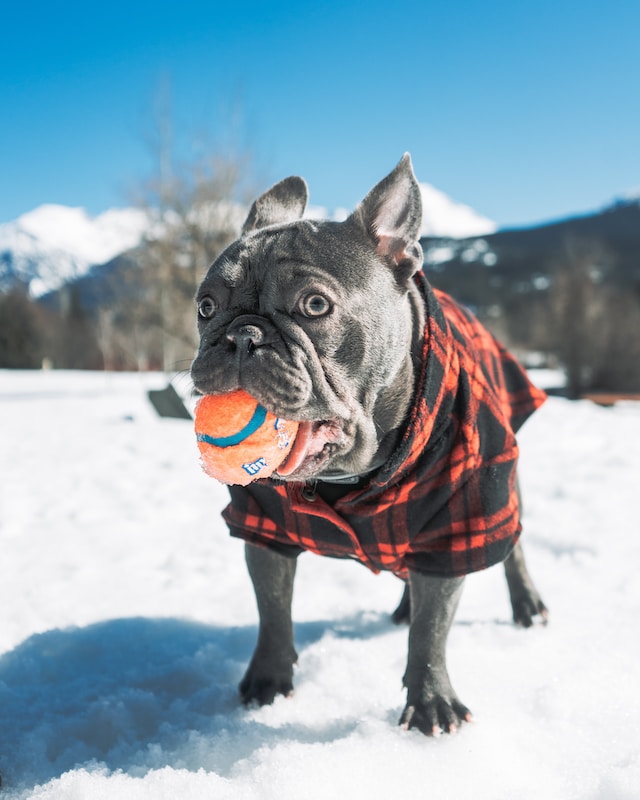As winter settles in, it’s crucial for pet owners to pay special attention to their furry companions’ paws. Just like our hands and feet, their delicate paw pads are susceptible to the harsh effects of cold weather. To help you combat cold feet and keep your pets’ paws safe and warm this winter, we have gathered a list of essential tips and precautions. By following these guidelines, you can ensure that your four-legged friends remain comfortable and protected throughout the chilly season.
- Limit Outdoor Time in Extreme Conditions: During frigid temperatures, it’s important to limit your pet’s time outdoors. Prolonged exposure to the cold can lead to frostbite and discomfort. Create a schedule for bathroom breaks and exercise sessions, and bring them inside promptly afterward.
- Use Paw-Friendly Ice Melt: Avoid using traditional ice melt products that contain chemicals harmful to your pet’s paws. Opt for pet-friendly alternatives that are safe if ingested or come into contact with their delicate paw pads. Look for ice melts made from natural ingredients such as calcium magnesium acetate or sand.
- Wipe Paws After Walks: After each outdoor excursion, wipe your pet’s paws with a damp cloth or use pet-specific paw wipes. This helps remove any ice, snow, or salt residue that may be clinging to their paws, preventing potential irritation or discomfort.
- Consider Protective Paw Wear: Invest in high-quality booties or socks designed specifically for pets. These can provide insulation, traction, and protection from the cold ground, sharp ice, or salt. Introduce the booties gradually, allowing your pet to get accustomed to the sensation before heading outdoors.
- Moisturize with Paw Balm: Cold weather can cause dryness and cracking in your pet’s paw pads. Apply a pet-safe moisturizing paw balm regularly to keep their pads hydrated and prevent painful cracking. Look for products containing natural ingredients like shea butter or coconut oil.
- Trim Paw Hair: Long hair between your pet’s toes can accumulate ice balls and salt crystals. Regularly trim the excess hair to minimize these issues. If you’re unsure about how to do it yourself, consult a professional groomer for assistance.
- Check for Signs of Frostbite: Frostbite is a serious concern during winter. Regularly inspect your pet’s paws for signs of redness, swelling, or discoloration. If you notice any abnormalities, seek veterinary care immediately. Remember, prevention is key, so prioritize their safety by limiting exposure to extreme cold.
- Provide a Warm and Dry Resting Area: Create a cozy resting area for your pet indoors. Make sure the space is warm, dry, and draft-free. Place comfortable bedding away from cold windows or flooring to provide insulation and a comfortable place for them to relax.
- Consider Paw Pad Supplements: Certain paw pad supplements, such as balms or creams enriched with vitamins and essential oils, can help strengthen and protect your pet’s paw pads during winter. Consult your veterinarian for recommendations on suitable supplements for your pet’s specific needs.
- Maintain Regular Veterinary Check-ups: Regular veterinary check-ups are essential to ensure your pet’s overall health and well-being, including the condition of their paws. During these visits, discuss any concerns you may have regarding their paw health and ask for specific guidance tailored to your pet’s needs.
By following these tips, you can keep your pets’ paws safe, warm, and free from discomfort during the winter months. Remember, your pets rely on you to keep them healthy and protected, so prioritize their well-being as the temperature drops. Together, let’s combat cold feet and ensure a cozy and enjoyable winter for our furry friends.











